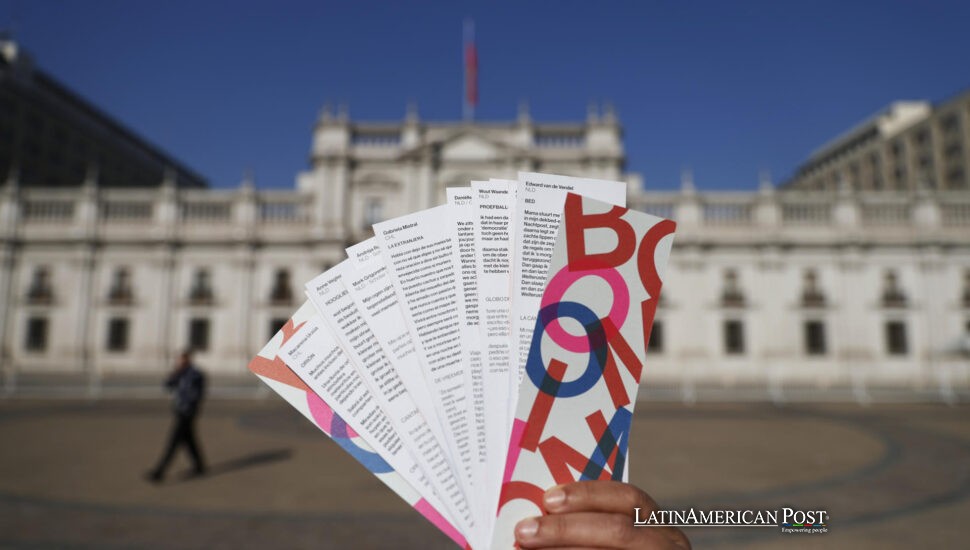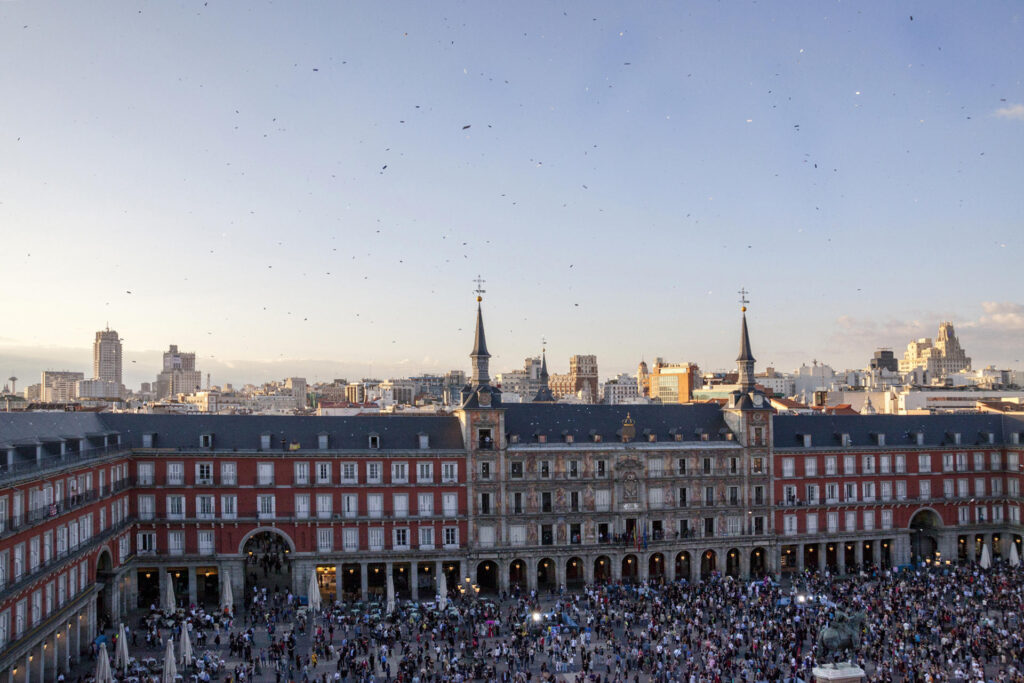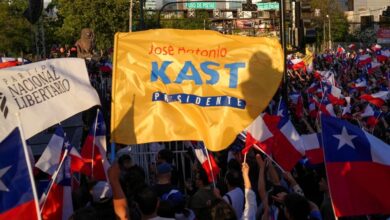Chile Poetry Collective Turns Bomb Sites into Literal Falling Literature

A Chilean art trio is rewriting the memory of air raids: helicopters that once strafed civilians now shower cities with tens of thousands of poems. From Santiago to Rotterdam, the collective Casagrande persuades residents to look up and see verses, not violence.
When Shrapnel Became Sonnets
Shortly after sunset on March 23, 2001, Santiago heard the unmistakable thrum of rotor blades—an ominous soundtrack for anyone who lived through the 1973 coup when Hawker Hunters set La Moneda ablaze. This time, however, the aircraft’s belly opened and released a blizzard of paper. “People stretched their arms like children catching snow,” remembers teacher Lila Díaz, who kept one slip tucked in her wallet for years.
Each rectangle measured a bookmark, carried a poem donated by Chilean writers, and fluttered through the same airspace that had once spit napalm. The masterminds—university friends Julio Carrasco, Cristóbal Bianchi, and Joaquín Prieto—called the act a Bombardeo de Poemas: a poetry bombing. “We grew up with the image of the palace in flames,” Carrasco tells EFE. “Reversing that image felt like exhaling after 28 years.”
Scholars soon took notice. A 2016 University of Warwick paper on “aerial poetics” argued that Casagrande had invented a “counter-military choreography,” replacing lethal gravity with lyric grace. The trio decided the idea belonged to Santiago and every city whose skies had once betrayed it.
A Flight Plan for Wounded Cities
Casagrande’s method borders on obsession. Months of groundwork precede each drop: local poets contribute verses; volunteers cut, fold, and count every slip—never fewer than 100,000. Air traffic controllers must green-light a route so low and slow it would normally trigger anti-terror alarms. Then comes weather roulette. “Paper is a diva,” Bianchi jokes. “A gust can scatter your budget across the next province.”
Since 2001, the group has staged bombardeos. They favor places scarred by aerial violence:
- Dubrovnik, 2002 – A nod to the Yugoslav shelling of its medieval walls.
- Guernica, 2004 – On the market-day anniversary of the Condor Legion’s notorious test.
- Warsaw, 2009 – Sixty-five years after the city’s uprising was crushed from the sky.
- Berlin, 2010 – Above a capital still haunted by RAF and Soviet firestorms.
- London, 2012 – Over St Paul’s on the Blitz’s 72nd remembrance night.
Last month, Rotterdam joined the list. At 9:14 P.M.—the minute the Nazi Luftwaffe unleashed its 1940 blitz—the helicopter tilted over Markthal Square. Rineke Van Baal, curator for the event, saw elderly survivors weep as younger onlookers reached skyward. “You could feel decades collapse into one breath,” she tells EFE. Police later confirmed spectators recovered 90 percent of the 125,000 airborne poems in under ten minutes.

Political winds and fragile permissions
Because helicopters evoke sovereignty, permissions depend on the climate—meteorological and governmental. “This show could not happen in Madrid today,” Bianchi said, noting that the 2018 drop over the Plaza Mayor required the backing of then‑mayor Manuela Carmena during the square’s 400th‑anniversary celebrations. In Poland and Germany, Casagrande liaised with Holocaust memorial foundations; in London, verses descended near St Paul’s on the centenary of the Blitz. “The interventions only happen in democratic contexts with temporal distance from violence,” Prieto emphasized.
Even so, security agencies sometimes bristle. A 2015 Freedom of Information request published by Der Tagesspiegel shows Berlin police debated banning the event until the Senate’s culture office intervened. Scholars at the University of Potsdam later wrote that the incident proved how “aesthetic acts can reopen debates about aerial sovereignty and collective memory.”
Future targets: Buenos Aires and the Pacific shadows
Casagrande’s wish list includes Buenos Aires, bombed in 1955 during the coup against Juan Perón, and the nuclear shadows of Hiroshima and Nagasaki. The trio has also devised “Panóptico,” a September installation for Santiago’s neoclassical Palacio Pereira: a mesh silhouette of a Hawker Hunter suspended above the courtyard. Hence, the enemy aircraft appears only as a cut‑out in the moving sky. “Visitors will see the jet traced by clouds and rain—an artwork alive and changing,” Carrasco explained, likening it to Chile’s unresolved dialogue with its coup.
Also Read: Nicaragua’s Pioneer Stateswoman Who Beat Ortega and Sought Harmony
In Revista de Historia Social, Chilean historian Sol Serrano argues that post‑authoritarian societies need “rituals of inversion” to transform trauma and calls Casagrande’s flights “portable carnivals of peaceful occupation.” Yet the artists remain modest. “We are just three kids born in the year of the coup,” Carrasco told EFE. “We throw poems so the next generation will look up and think of words, not warplanes.”




